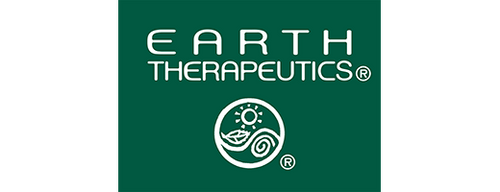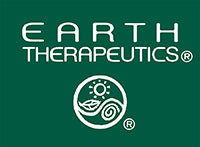The vagus nerve is having a moment.
Google “vagus nerve stimulation” and you’ll get approximately 1.3 million results. TikTok video “hacks” have accumulated tens of millions of views, and major media outlets like the New York Times have even jumped on board.
So what about this mysterious bundle of nerves has got everyone and their influencer bestie talking?
The Vagus Nerve: A Quickie Anatomy Lesson
“Vagus” is Latin for wandering. Appropriate since it’s the longest of 12 cranial nerves. Starting from the brain, the vagus nerve runs down the neck, branches out through the chest, heart, and lungs, and surrounds the entirety of the gut.
The vagus nerve, aka our body’s chill-out button, is a key part of our Parasympathetic Nervous System (PNS). The PNS helps regulates all of our involuntary physiological needs like beating hearts, manufacturing mucous, and blinking. Think of it as software that’s constantly running the background, making sure the lights stay on and the machine operates smoothly.
An unsung hero, when the vagus nerve is functioning properly, we don’t really take much notice. Afterall, you don’t necessarily feel better or worse depending on your liver’s optimized bile production. But if it’s out of whack, all kinds of havoc can erupt from numb hands and feet to malfunctioning digestion, circulation, and elimination.
Stimulation: TLC for the Vagus Nerve
With regular application, proponents of vagus nerve stimulation (VNS) claim all kinds of therapeutic benefits like improved mood, better digestion, and easing of symptoms associated with rheumatoid arthritis. It’s also an effective treatment for anxiety, depression, PTSD, and epilepsy. Ongoing research indicates that vagus nerve stimulation (VNS) could be an effective treatment for stroke, autoimmune diseases, and potentially Long COVID.
Getting into a healthy routine of VNS sounds like all upside, no downside. And it is, for the most part, but there are potential risks and side effects so definitely consult your doctor before beginning any therapeutic practice.
How to: Vagus Nerve Stimulation (VNS)
While VNS kinda sounds like a very rigidly defined set of protocols to excite our vagus nerves, there’s actually a ton of different avenues to go about it. In fact, you may already be practicing one or more ways to stimulate the vagus nerve in your daily or weekly routine.
Weighted Blankets & Hugs
We recently wrote about deep touch therapy, like engaging in a good bear hug or power napping under a 30lb weighted blanket, as an effective means of decreasing stress and anxiety.
Cold Immersion
A refreshing face-first dunk in a bowl of icy water is thought to lower heart rates and kickstart immune systems. Feeling brave? Try Cryotherapy, reputed to reduce migraine symptoms, treat dermatitis, and possibly prevent dementia.
Meditation, Massage, & Music
For those who prefer something less frosty: Deep, meditative breathing, massage, and music are all shown to help vagus nerve function.
Exercise
You needn’t train for a marathon to reap the benefits from exercise. Try walking, low-impact floor stretches, or chair yoga. Even a quickie ear massage can tame a tension headache or eyestrain.


